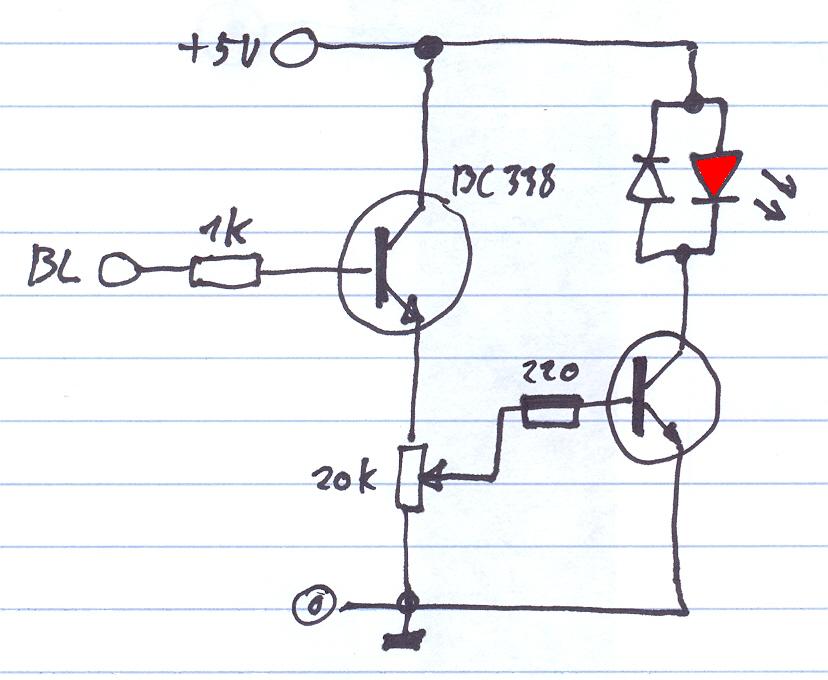Well, if your driver is a true and good current source, just shorting it out with a transistor should work fine (albeit inefficient). I'm not all that sure the LM317 will handle it well though, it was never intended for this purpose and the rapid switching could throw it off.
As for the schematic above: It looks good on paper, but have you actually tested it? My experiences with operating the TL082 inputs so close to the ground rail aren't good at all. I've build similar contraptions using a CA3140 as the opamp, which works very well near the ground rail, as long as its supply voltage is good (>5 volts, should be okay with 2 lith cells).
Also, it will not fully blank as you've drawn it there, the CE voltage at saturation is still a few 100 mV for the BC548. Resulting current will likely be below lasing treshold, but its not completely off.









